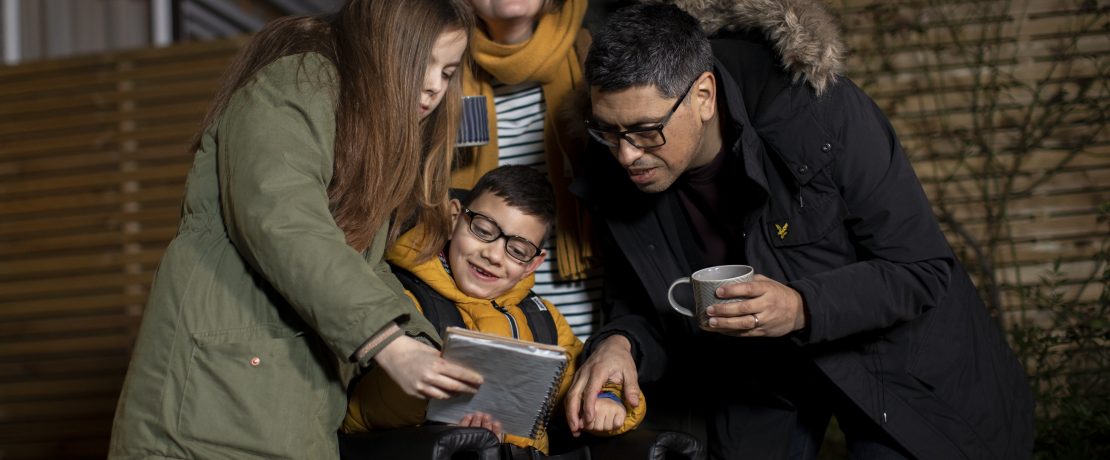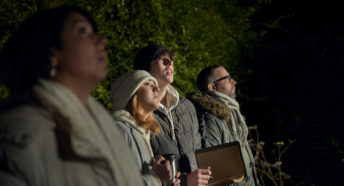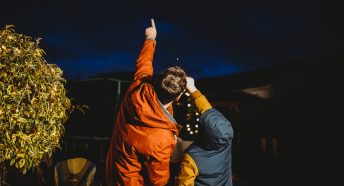Star Count: a friendly stargazing activity for the whole family
Each year, CPRE asks the nation to help measure light pollution in their area by getting starry-eyed with us and counting visible stars. Ready to help out and have fun?
We think that dark and starry skies are a special part of our countryside. Nothing hears looking upwards to see velvety blackness, with twinkling constellations as far as the eye can see.
Our buildings and streetlights emit light, though, and this can affect our view of truly dark skies. We want to make sure that we can all enjoy starlit nights, and we need your help in measuring what effect light is having on our views of the galaxy.
What is Star Count?
The best way to see how many stars we can all see in the sky is… to count them! So we’re asking people from all across the country to become citizen scientists and look heavenwards from home for one night. Join in by choosing a clear night between 26th February – 6th March 2022, looking up at the constellation of Orion and letting us know how many stars you can spot.
You can stargaze from your garden, balcony, doorstep or even bedroom window.
Don’t worry: we’ll give plenty of support on how to do this. Once you’ve done your star-spotting, we’ll share a form with you where you can quickly and easily send us your count – and then we get busy with our number-crunching.
Keep an eye on the Dark Skies Festival website
Your results from Star Count will help us make a map of where star-spotters are enjoying deep, dark skies. By showing on a map where light pollution is most serious, we can work with local councils and others to decide what to do about it. You can see the 2020 results, and the map of what we discovered, here.
Star Count is supported by the British Astronomical Association.
How to take part in Star Count
Here are our top tips for a brilliant Star Count evening:
-
- Make a note of the dates, 26th February – 6th March 2022, and keep an eye on the weather forecasts as the week approaches.
- Try to pick a clear night for your count, with no haze or clouds, then wait until after 7pm so that the sky is really dark. Turn off all the lights in your house, too, to make it easier to see the stars.
- Looking south into the night sky, find the Orion constellation, with its four corners and ‘belt’.
- Take a few moments to let your eyes adjust, then count the three stars in the middle – the belt.
- Make a note of the number of stars seen with the naked eye (not with telescopes or binoculars) and then submit your count on our website.
- Share your experiences (and any photos) with others on social media using #StarCount
- And don’t forget to check back here to see the national results and how your area compares to the rest of the country.
Get ready to count!
Remember, you can do your 2022 Star Count on any night between 26th February – 6th March 2022. Pop the dates in your diary now!
Sign up now to be kept informed and for more information about the 2022 Star Count, including top tips for the best times to see Orion and more information about why we care so much about our magical dark sky views.








